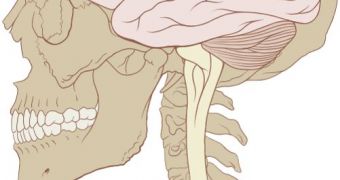Many scientists have been trying to decipher how happiness, sadness or rage brings people together, making them work as a single unit regardless of their individual number. Now, a study finds that strong emotions tend to make individuals' brains work in unison.
What this means is that their brain activity tends to get synchronized as soon as they are exposed to either very positive or very negative emotions. The team that conducted the new research is based at the Aalto University and Turku PET Center, Science Blog reports.
One of the things that people should always keep in mind about emotions is that they are, for lack of a better term, highly contagious. Past studies have already proven that emotions and even diseases can travel through social circles, and the new work confirms these discoveries.
From an evolutionary point of view, it is very advantageous to have people reflect each other's emotions. If a person smiles to someone, then that someone is very likely to smile back. This mirroring of emotions was absolutely essential for allowing our species to reach its current level of development.
What was interesting for scientists to discover in this research was that people who displayed very different types of brain activity tended to start thinking in unison when a strong emotion was introduced to the group.
Neural activity in the frontal and midline regions of the brain was the most likely to become synchronized when this happened. Areas of the brain involved in coding for vision, attention and the sense of touch were also activated.
“Sharing others’ emotional states provides the observers a somatosensory and neural framework that facilitates understanding others’ intentions and actions and allows to ‘tune in’ or ‘sync’ with them,” Lauri Nummenmaa explains.
“Such automatic tuning facilitates social interaction and group processes,” adds the expert, who holds an appointment as an adjunct professor at the Aalto University. Details of the new study were published in the May 24 issue of the esteemed journal Proceedings of the National Academy of Sciences.
“The results have major implications for current neural models of human emotions and group behavior, but also deepen our understanding of mental disorders involving abnormal socioemotional processing,” Nummenmaa concludes.

 14 DAY TRIAL //
14 DAY TRIAL //